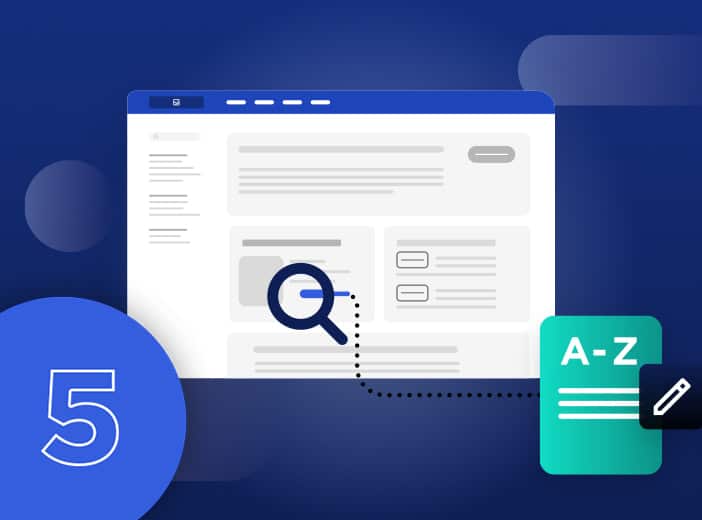Data projects
Ready to dive in?
Book your live demo today
+3000
+25
Countries
8,5/10
Overall satisfaction rating from our customers
[Event] Meet Opendatasoft at Big Data LDN 2025
book a meeting!A business glossary defines and organizes the different business terms used to describe data within an organization.
Stored in an easily accessible repository, it provides a common language or vocabulary so that everyone understands what particular data or terms cover, avoiding confusion and incompatibility and driving consistency. For example, there is a unified understanding of what a “customer” means, so that data from different departments (sales, marketing, operations) is consistent and interoperable. Business glossaries are created and managed by the business, and updated in line with its needs.
Without a unified business glossary, data governance and sharing will be difficult. For example, data producers may enter incorrect data in a field while data consumers may believe that data in a field represents one concept, when it actually refers to something similar, but different.
It is important to understand the difference between business glossaries and data dictionaries. The concepts behind both are similar and they are both essential to effective data governance.
The biggest difference is that while a data dictionary is technical, and is owned and updated by IT, a business glossary comprises business terms, and is owned and updated by the business. It is therefore possible to have multiple data dictionaries for different data sources, but there should only ever be one business glossary across the entire organization.
A data dictionary will define the technical terms and specifications in a dataset – so for example how many characters are allowed in a particular column type or what format a field should be in. This ensures accuracy and consistency when collecting, entering, managing, or using data. By contrast, a business glossary will define what the contents of each field actually mean at a business level.
Read our entry on what a data dictionary is to learn more.
Creating an effective business glossary is a multi-stage process that needs to span the business:

How do you reduce misunderstandings around data and ensure there’s a common language used to describe data shared across between every department in an organization? By adopting key best practices, a business glossary provides a simple but effective tool to enable self-service data discovery, improved collaboration between teams, and better-informed decision-making. Find out how!

In an increasingly data-driven world, understanding the differences between data, metadata, data assets, and data products is essential to maximizing their potential. This is because these interrelated yet distinct concepts each play a key role in driving digital transformation by facilitating data sharing and consumption at scale.

Organizational silos prevent data sharing and collaboration, increasing risk and reducing efficiency and innovation. How can companies remove them and ensure that data flows seamlessly around the organization so that it can be used by every employee?